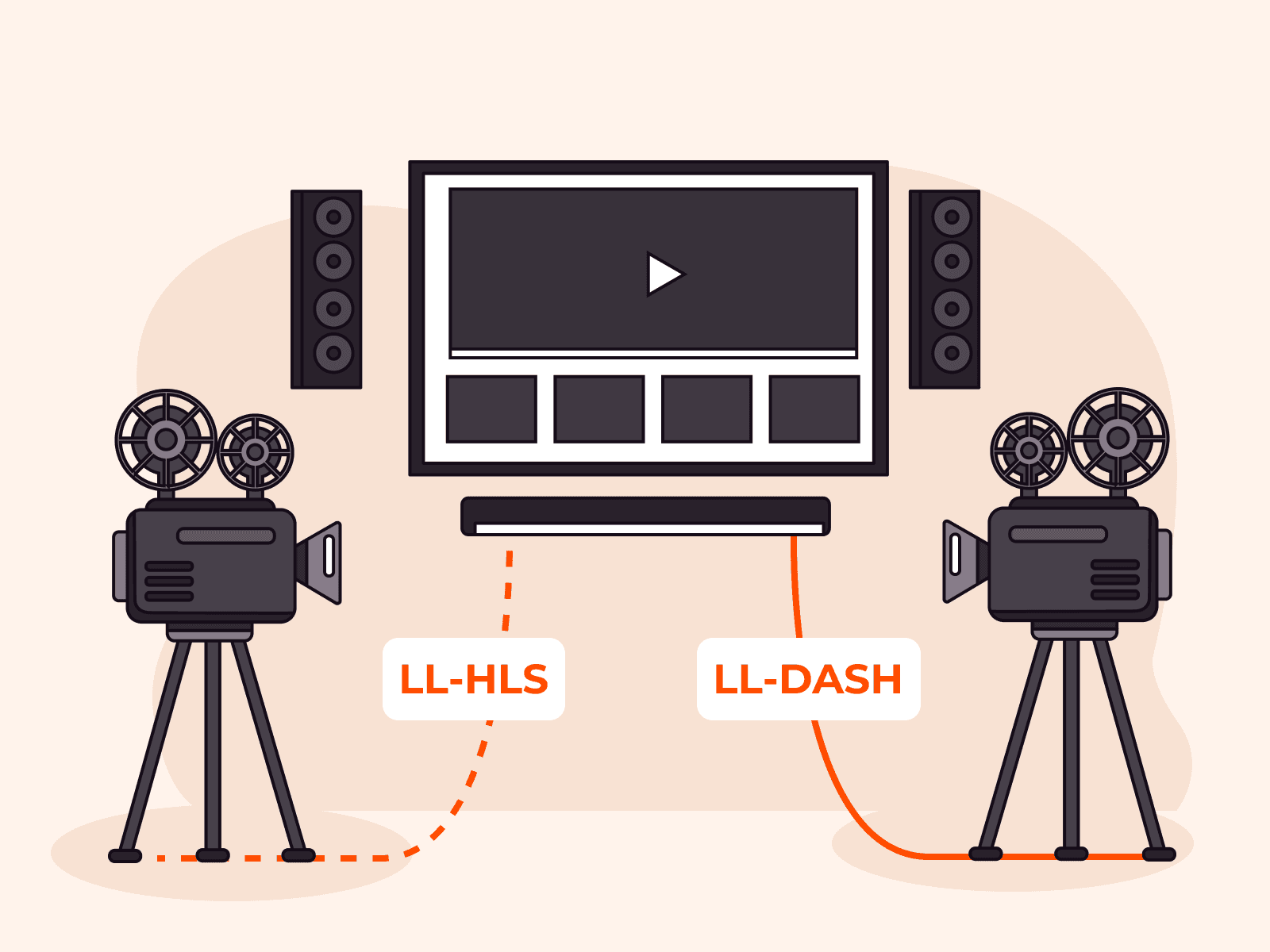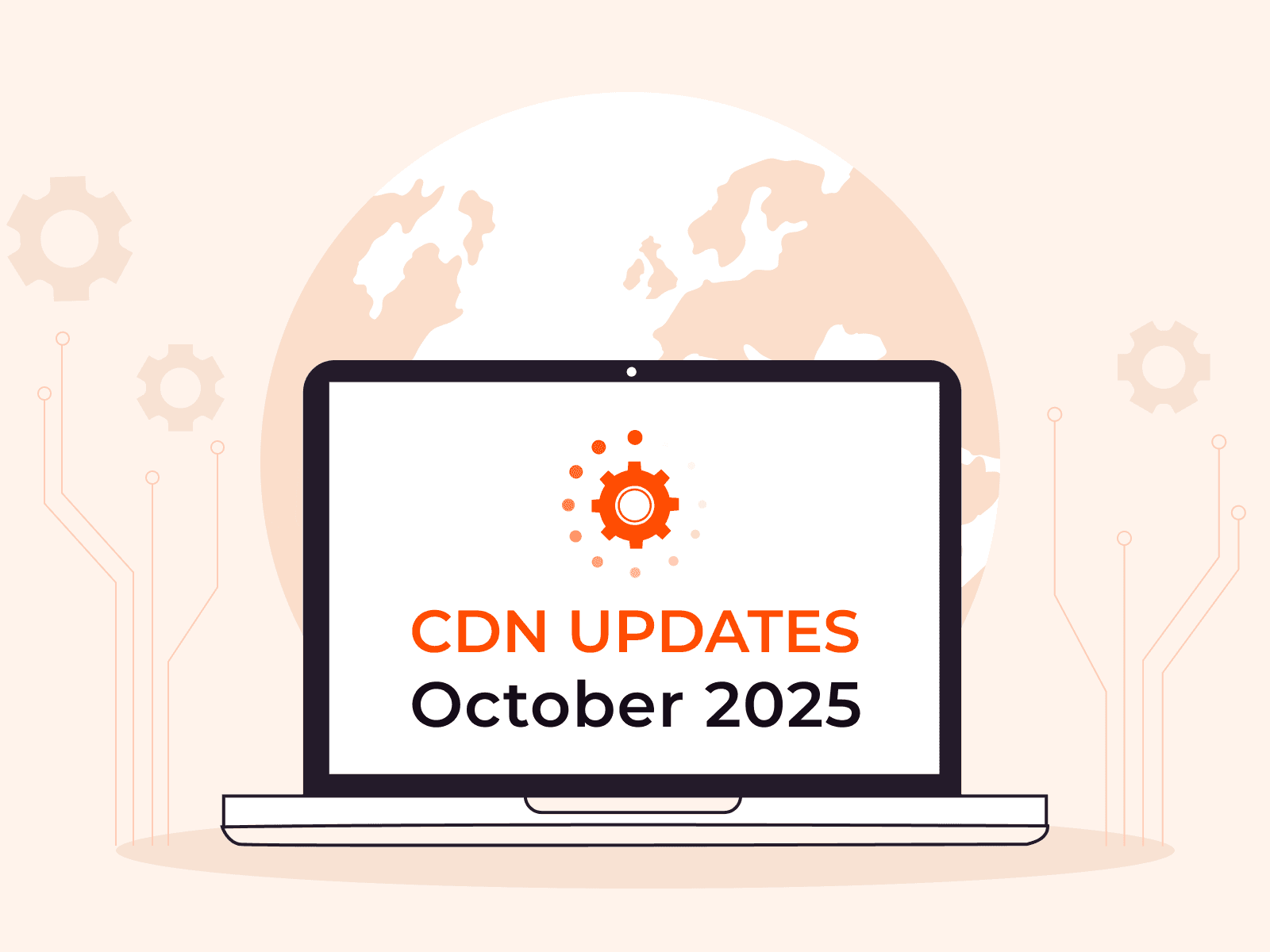Choosing a Cost-Effective CDN
- October 30, 2024
- 4 min read

When building a house, would you choose the cheapest materials, even if it compromised quality and safety? Definitely not! The same principle applies when selecting a content delivery network (CDN). While cost is a factor, it shouldn’t be the only one—and assessing value isn’t as simple as it might seem.
You might discover that some CDNs cost up to ten times more than others, but does that make them ten times better? And does opting for the least expensive option equate to poor service? Not necessarily. The reality is more nuanced. Read on to discover what makes a CDN good value for money and how to find the most cost-effective solution for your needs.
The Myth of the “Cheap” CDN
The term “cheap” means saving money, but is often associated with compromising on quality. In the context of CDNs, going for the cheapest option can mean:
- Limited features: Basic CDNs might only provide content delivery without advanced options like image optimization, DDoS protection, or caching enhancements.
- Performance trade-offs: Cheaper CDNs may sacrifice performance, resulting in slower load times and less reliable uptime.
- Hidden costs: Some providers may have unexpected fees, such as extra charges for security features or region-specific traffic.
- Poor support: Less expensive services may lack responsive customer support, leaving you vulnerable during critical moments.
You might be just fine opting for the cheapest plan or provider. The question to ask yourself is whether a cheap (or free) CDN can fully meet your company’s needs. To get the best value service, first establish what you need and then compare that to the market options. Our free CDN Buyer’s Guide can help with that process.
Navigating CDN Pricing Models
Understanding CDN pricing models helps your company avoid hidden fees and choose a service model that fits your operational needs and budget. Pricing models variously take into account your traffic volume, content type, and specific use cases, so picking one that’s tailored to your use case is important to avoid unexpected or unnecessarily high expenses.
Bandwidth-Based Pricing
This common model charges based on the data transferred through the CDN, typically measured in gigabytes (GB). It’s ideal for websites with stable traffic patterns. For media-heavy sites, such as those hosting high-resolution videos, this model tracks your data usage and charges accordingly. However, costs can escalate quickly during traffic spikes, which may make this model less ideal for businesses with unpredictable or highly variable traffic, like sports broadcasters. For these users, understanding pricing tiers is essential to avoid unexpected costs.
Request-Based Pricing
In this model, you pay based on the number of HTTP or HTTPS requests sent to the CDN, regardless of the data transferred. It’s beneficial for businesses that handle numerous small requests, such as SaaS providers, e-commerce platforms with frequent product updates, and applications relying on APIs. While this model can be cost-effective for certain applications, it may not suit industries that serve large files, such as streaming, gaming, or media platforms, where high request volumes can quickly increase costs.
Hybrid Pricing
Hybrid models combine bandwidth and request-based pricing. These are ideal for platforms with mixed traffic types, such as media streaming services or gaming platforms. However, predicting costs in a hybrid pricing model can be challenging, so regular monitoring is necessary to make sure it remains the best choice for your business.
Additional Features and Costs
CDN providers often charge extra for certain advanced features:
- Edge computing: Running applications closer to users can reduce latency but incurs additional costs based on resource usage.
- Advanced analytics: Detailed analytics help track performance but may come at a premium. Evaluate whether the insights justify the cost.
- Enhanced security: Advanced security features like DDoS protection and WAAP are critical for sectors handling sensitive data or high transaction volumes, such as finance or large-scale e-commerce. However, they may not be necessary for smaller sites with lower traffic and minimal security needs.
Four Key Factors in a Cost-Effective CDN
When choosing a CDN, balancing cost with essential features is key to getting long-term value and performance. Rather than focusing solely on price, consider these four core factors that directly impact your site’s user experience, security, and scalability. A cost-effective CDN should be a strategic asset that grows with your business and provides reliable support when you need it most.
Look for the following:
- Performance: A CDN’s performance should be your top priority, as it directly impacts return on investment (ROI). Reliable uptime, fast load times, and global coverage mean your customers have a smooth experience, reducing bounce rates and driving revenue. Investing in a high-performance CDN may cost more upfront but ultimately provides greater value by improving user retention and supporting business growth.
- Scalability: Your CDN must scale with your business. Whether you’re growing due to traffic growth, new features, or expansion into new regions, choose a CDN that can handle spikes in demand and overall growth without sacrificing performance or blowing your costs out of proportion.
- Security: Built-in security features protect your site from threats even if you’re not using specialized security solutions. Look for DDoS protection, SSL encryption, and advanced features like WAF and bot protection to safeguard against cyberattacks. Consider opting for a CDN provider that has security expertise.
- Support: Responsive customer support adds significant value, especially during high-traffic events or security incidents, by helping you quickly resolve issues and minimize downtime. A provider offering 24/7 support across multiple channels reduces the risk of costly disruptions, keeping your site operational under any conditions.
Choosing the Right CDN for Your Business
Selecting the best CDN for your business involves balancing cost, performance, and functionality. Here are key steps to guide your decision:
- Assess your needs: Analyze your traffic patterns, peak times, and geographical distribution. Set clear performance goals for load times and uptime.
- Compare features: Not all CDNs offer the same capabilities. Prioritize those that align with your site’s needs, such as caching, DDoS protection, and media delivery.
- Consider scalability: Check your CDN can grow with your traffic demands without compromising performance.
- Read customer reviews: Testimonials and case studies provide insights into real-world performance and support quality.
- Negotiate terms: Many providers offer flexible pricing. Don’t hesitate to negotiate for better rates or added benefits.
Gcore CDN: From Free-Forever to Enterprise-Ready
Choosing a CDN based solely on cost can lead to performance issues or hidden fees. Instead, find a solution that balances price, features, and scalability. Our ebook The Essential Guide to Selecting a Modern CDN provides key insights on how to evaluate your needs against provider offerings. With a handy checklist, this guide guarantees your CDN choice supports your business’ growth and performance needs.
Gcore CDN is designed to support businesses at every stage of growth. With flexible plans that allow seamless scaling, you can easily adjust your CDN resources to match your needs as your business expands. Our global network provides fast, reliable, and secure content delivery for businesses of all sizes and industries, making it a robust and futureproof choice.
Related articles
Subscribe to our newsletter
Get the latest industry trends, exclusive insights, and Gcore updates delivered straight to your inbox.






